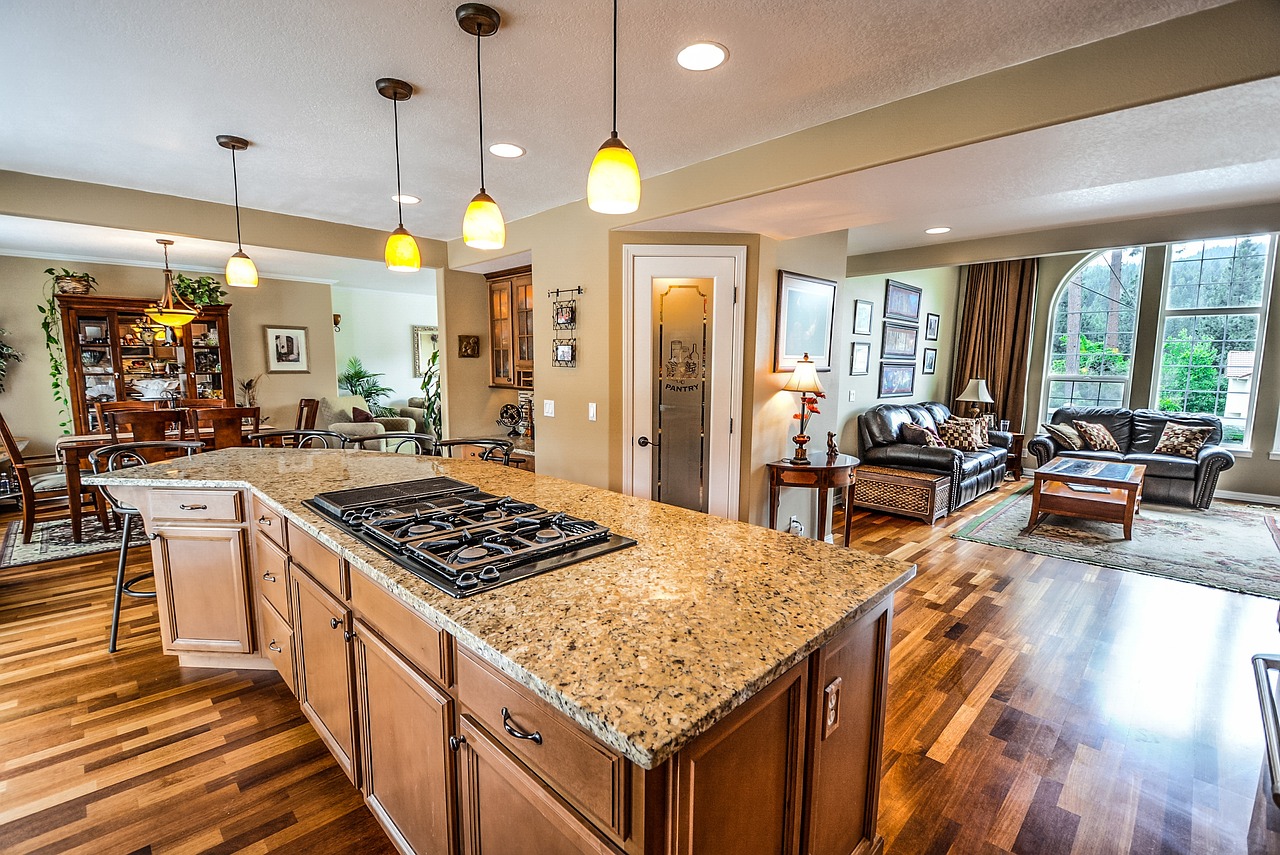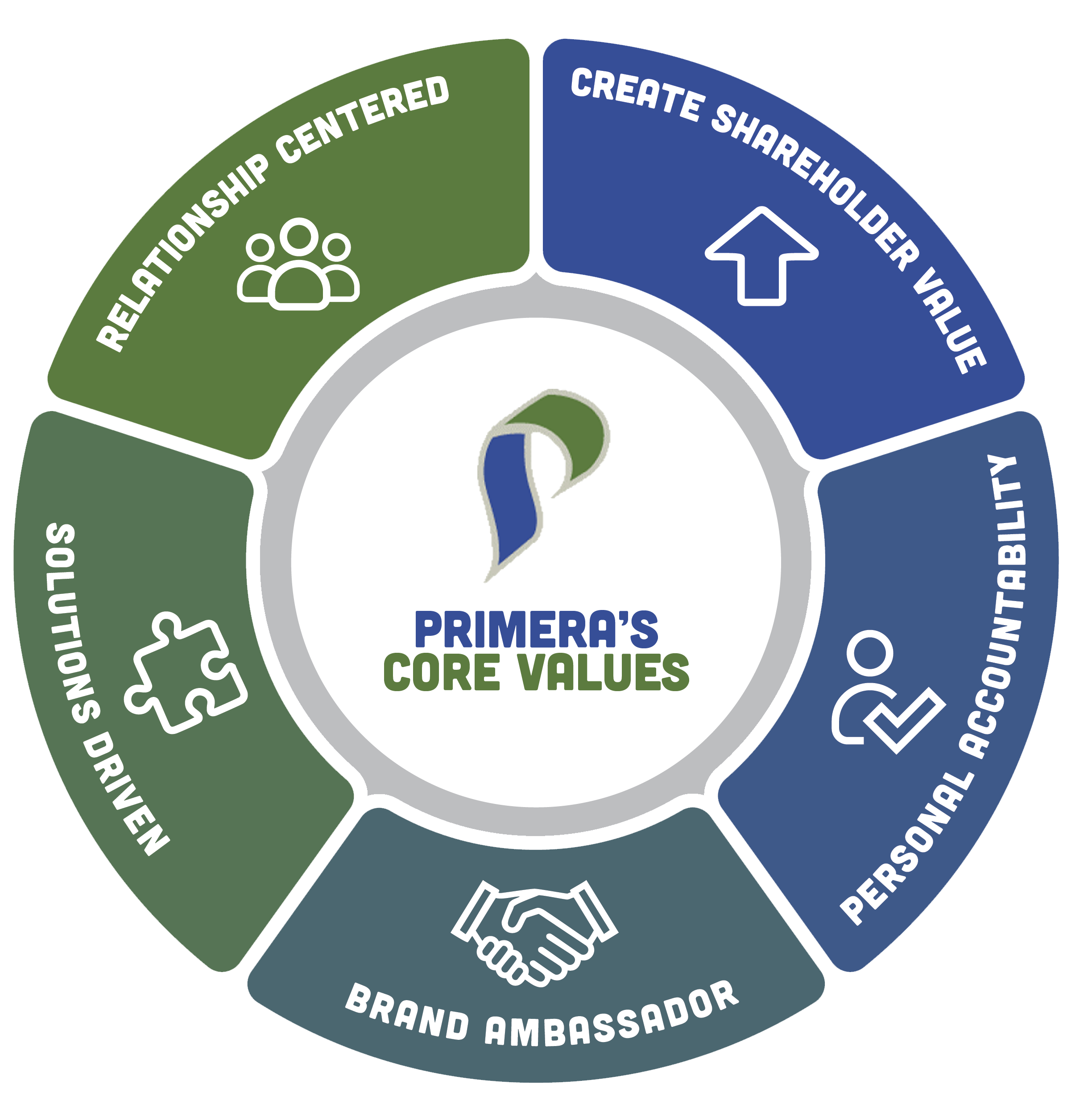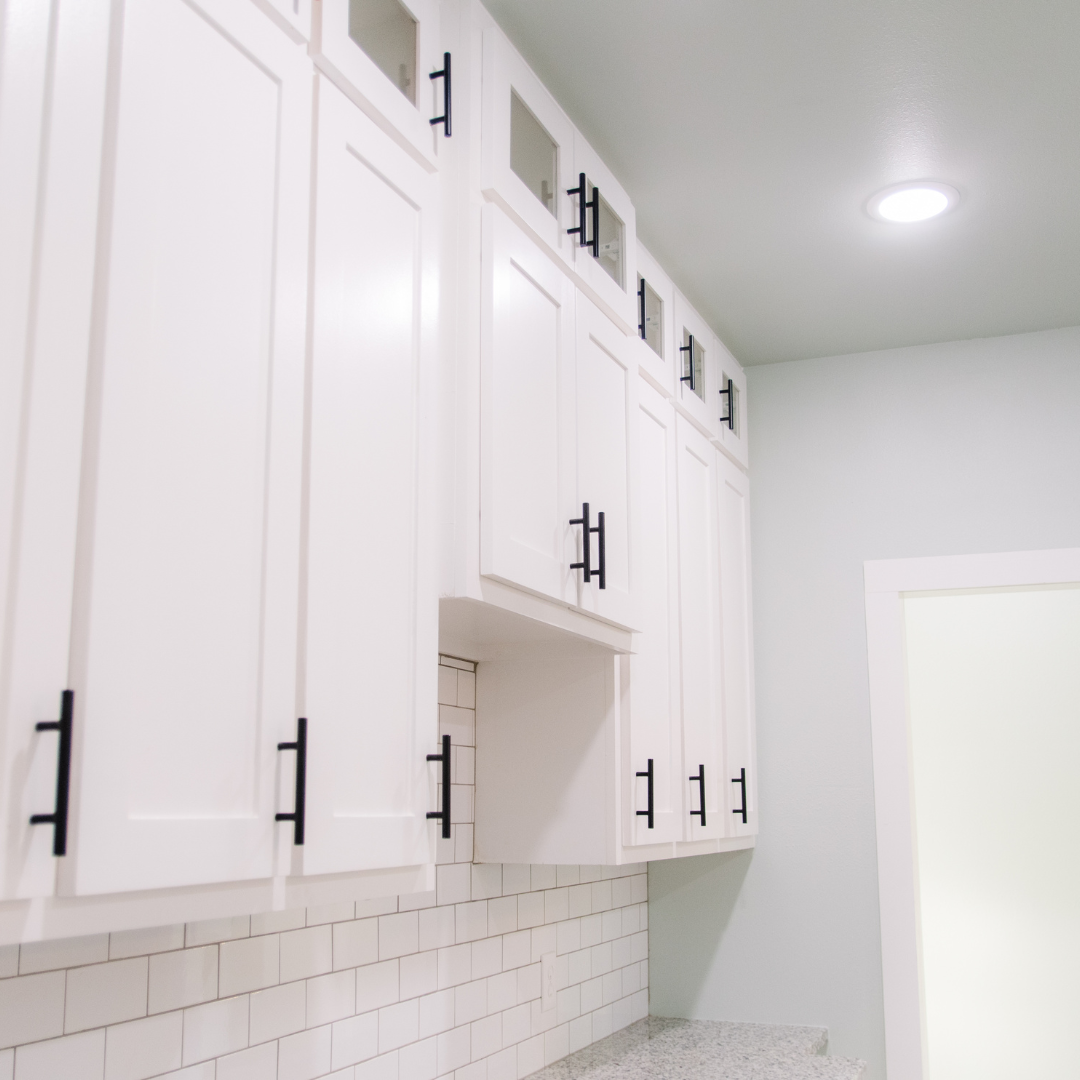Bringing Interior Environments to Life

Would absolutely recommend them in the future!
Doug and Carlos came to my home to fix all the cabinets and drawers throughout my home. They arrived in time, did thorough and excellent work, and were efficient on time. They even added the little bumpers to the cabinets and drawers that were missing them. Would absolutely recommend them in the future! Great job guys!
Rachel Ellis
Work was of exceptional quality!
Aaron was amazing! He was punctual, professional, and his work was of exceptional quality! He restored my damaged cabinet within an hour!
Abel Murillo
We love our cabinets, that are high quality and done perfectly!
Carlos A just came by to put a door on a cabinet that got missed during installation. He was super positive and excited to help! I appreciate his positive attitude. We love our cabinets, that are high quality and done perfectly! Would recommend them for a new built or a remodel for sure! Thanks Carlos for your prior service and current service to the community.
KT Taylor
I loved the Primera show room!
I loved the Primera show room. I was able to find exactly what I was looking for all in one place. The whole experience of using them was so easy and their staff was more than happy to answer my questions. If you're thinking about having any work done on your home and you want a showroom where you can see your options in person, this is definitely the way to go. Highly recommended.
Lord Vishnu
Highly recommended!
Primera is wonderful. It's so nice to have everything in one place. I'm able to take a look at all sorts of different options for my clients and ordering from them is so easy. Their staff is always around to answer questions and they are incredibly helpful. I have nothing but the best to say about these guys. If you do interior design, custom builds, or anything of the sort and are looking for a show room with a ton of options, this place is it. Highly recommended.
Hamoels Teiamsm
Special thanks to Tom for his excellent craftsmanship and diligence!
There are problems with the cabinet’s installation in our new home. After we contacted Primera, Louise and Jennifer coordinated the repair process to get parts and schedule ready. Everything got fixed today finally. Special thanks to Tom for his excellent craftsmanship and diligence. We would like to give Primera a good rating to encourage them to continue doing the good job for other homeowners.
Hong Chen
Felt overwhelmingly underprepared!
My husband and I are not design-savvy individuals and felt overwhelmingly underprepared going into our new build design appointment, but that didn’t matter because LAURA. 10/10.
Hannah McCullough
The customer service from Primera was great!
The customer service from Primera was great. Kristian Bata was my service rep, he did a great job on repairs i had done. He had good knowledge of the product and made sure it was to my satisfaction before he left. Thanks for the great service.
John Kunert
The staff was also extremely helpful.!
This place is incredible. They had everything I needed. The staff was also extremely helpful.
Michael Green
This is such a top notch company!
This is such a top notch company! I called them, even though my cabinets are years past their warranty because the trash drawer was not gliding as smoothly as it used to. I was only hoping to get some over the phone advice on how to fix it, but instead they actually sent somebody out to my house (Joe) to show me how to fix it. Every single person I interact with from this company, whether on the phone or in person, is so nice and so helpful! They obviously have a sincere commitment to customer service and it shows! I wish every company was so easy to work with!!!
Amanda George

Home Interior Design with Primera. Build Beautiful.
Partner with Primera and together, we will bring the spaces you build to life! We serve homebuilders, independent designers and commercial developers with an extensive range of cabinetry, countertops, flooring, wall tile and window coverings to create perfect home interior designs.
You and your homebuyers can compare and choose from countless options in our design center, with professional consultation and state-of the-art technology providing the ultimate design experience. Our expert, efficient installation available across five western states, makes your vision a reality.
With unmatched commitment to our clients, we pride ourselves on exceeding expectations and delivering every interior to the highest standards, every time. We have the products, expertise and focus to be your long-term trade partner of choice.
Primera’s design consultants excelled!
Along with our flagship home interior design center in Tempe, Primera has design centers in Prescott Valley, AZ, Denver, CO, Las Vegas, NV, as well as meeting rooms in Corona, CA, with a new center opening soon in Colorado Springs, Co. Virtual design sessions are also available
We have invested significantly in our design center environments to offer the ultimate design experience, which features:
- VEO Design Studio software technology and visualizer experience, where homebuyers can view their interior selections in a simulated room setting
- Specialized lighting allowing selections as if in natural daylight
- Inspiring kitchen and bathroom vignettes
- Quiet, distraction-free meeting rooms
Single-family, multi-family, custom and semi-custom homebuilders, commercial developers, interior designers and remodelers are welcomed into the design centers by appointment.
The Key to Happy Homebuyers: Primera’s Design Center
A fantastic homebuyer experience during the interiors selection process is critical for homebuilders. This event will be one of the most important factors determining the client’s satisfaction with the homebuilding process.
Provide your clients with the optimum experience at Primera’s flagship design center in Tempe, Arizona.
In 2021, Primera surveyed homebuyers who visited our flagship home interior design center or experienced an online virtual appointment with a design consultant. Our ratings were phenomenal.
Primera’s results were phenomenal, as you will see below.
4.9 out of 5
Our design consultants scored an impressive 4.9 out of 5 in giving helpful advice and support., and for being knowledgeable and well-informed about products.
4.9 out of 5
In response to the question, “Was the design consultant well informed and knowledgeable about the products?” Primera scored another 4.9 out of 5.
91 of 100
When asked how likely they were to recommend Primera’s design center services to others, homebuyers gave us a score of 91—an exceptional result as a score above 70 is considered world-class.
Partner with Primera and your homebuyers can enjoy an award-winning experience at one of our design centers.
Contact Pat Heine pheine@primera.net to discuss how Primera can help you.
As part of the survey, homebuyers had the opportunity to freely comment about their design center experience.
“We conducted our online meeting in Seattle, WA. The whole experience was fantastic and just as effective as being there in person.”
“Having all the selections in one building was convenient. The design coordinator was extremely helpful and knowledgeable. She took the time to know my family’s lifestyle and answered all questions clearly. Did not feel rushed in product decisions.”
“Our designer was so helpful. She took what could potentially be such an overwhelming decision-making process and really made it such a pleasure.”
Please Note:
If you are a homeowner wanting to repair (outside of the warranty period), replace or add cabinets, flooring, countertops or tile to your home, we no longer offer this service.
Specification details for the interiors products installed in your home can be found in your home’s handover folder or contact your homebuilder.
Please refer to the manufacturer’s website for local supplier contact information. Links to these websites can be found on our Products page: Products – Primera.
Phoenix/Scottsdale
- For: KraftMaid/Merillat Classics/Basics
- Grand Canyon Home Supply – Eric Rich
- 480-282-6253
- 15855 N. Greenway-Hayden Loop
- Scottsdale, AZ 85260
Tucson
- For: KraftMaid/Merillat Classics/Basics/ Medallion
- Davis Kitchens
- 520-889-4949
- 5355 E. Broadway Blvd
- Tucson, AZ 85711
Las Vegas
- Kitchenland
- 702-896-0265
Denver & Colorado Springs
- Discount Flooring Solutions
- 720-693-9896




